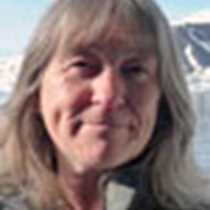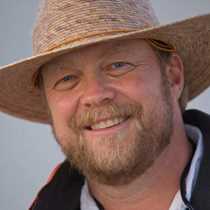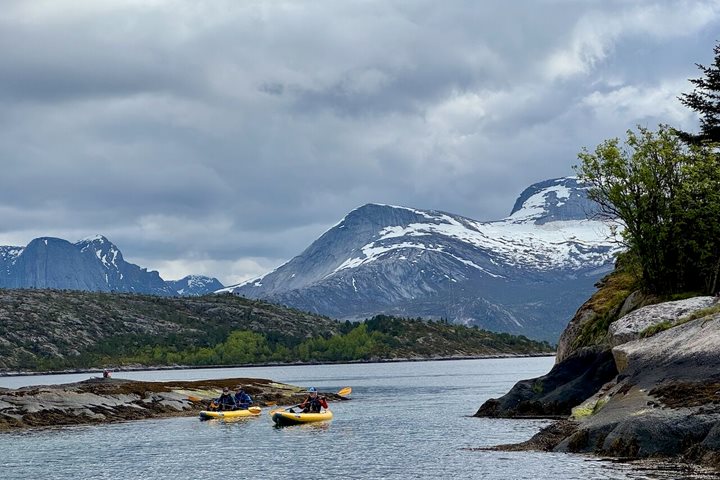In tranquil mist-muffled seas we had crossed overnight from Bear Island towards mainland Norway, and we awoke to find ourselves approaching the small island of Fugløya (Bird Island). Immediately, the rise in temperature was palpable. The mist still clung to the island, however, tantalisingly revealing only a few feet of the lowest cliffs, everything else obscured from view, as we slowly cruised its eastern shore, hugging it close. This island is an important breeding site for Atlantic puffins, and the waters around our bow teamed with them. We watched with delight as the puffins paddled back and forth on the lazy surface, or dived beneath, using their wings to swim underwater with speed and great agility. The sharp-eyed also spotted razorbills amongst the throng, and even a White-tailed eagle sitting on a ledge watching the scene. Later in the morning Ralph Lee Hopkins continued our photographic education with a motivating talk on Creative Travel Photography, explaining at last what all those buttons and dials are meant for.
Soon civilization was in sight, the shorelines of Tromsø with its docks and boatyards, bridges and hotel blocks, slipped into view. Tromsø dates from 1794, and by the mid-19th century had grown to replace Hammerfest as the centre for Arctic hunting and trapping. The Polar Museum is dedicated to the telling of that story, from the discovery of Spitsbergen in 1596 by Dutchman Willem Barents, to the glory days of Norwegian trappers who brought back the furs and meat of countless bears, seals, foxes and reindeer. Explorer Roald Amundsen also used Tromsø as his Arctic springboard, and Fridtjof Nansen, scientist, explorer and international statesman, was a son of that city, and their achievements were celebrated in the museum’s galleries.
Other themes were presented in the city’s University Museum: - the wonders of the Aurora Borealis, which can be seen to such effect from this area in the dark season, were brought to life before our eyes; the culture of the Sami people – the indigenous inhabitants of northern Norway – and their struggle for recognition, in earlier times as reindeer herders, but now as modern Norwegian people but with a distinctive language and traditions; and the Viking way of life, with its rich archaeological and historical legacy, which took root and thrived in Arctic Norway.
Tromsø also has a famous landmark in the Tromsdalen Church, more commonly called The Arctic Cathedral, designed by architect Jan Inge Hovig, and built in 1965. A few years later the stunning stained glass window was added, designed by Victor Sparre. During out visit the sound of church’s organ added even more drama to the visual impact of the building. Besides these cultural gems, the city has parks dotted with lakes where water birds from mallards to Common loons can be observed, and the world’s most northerly botanical gardens, in full bloom.









